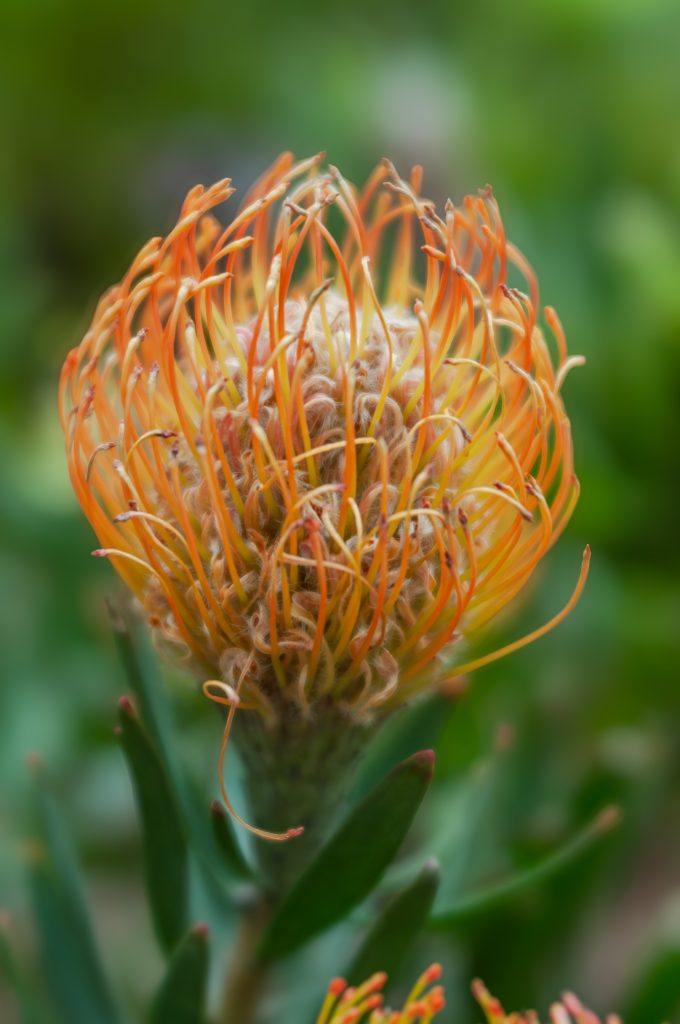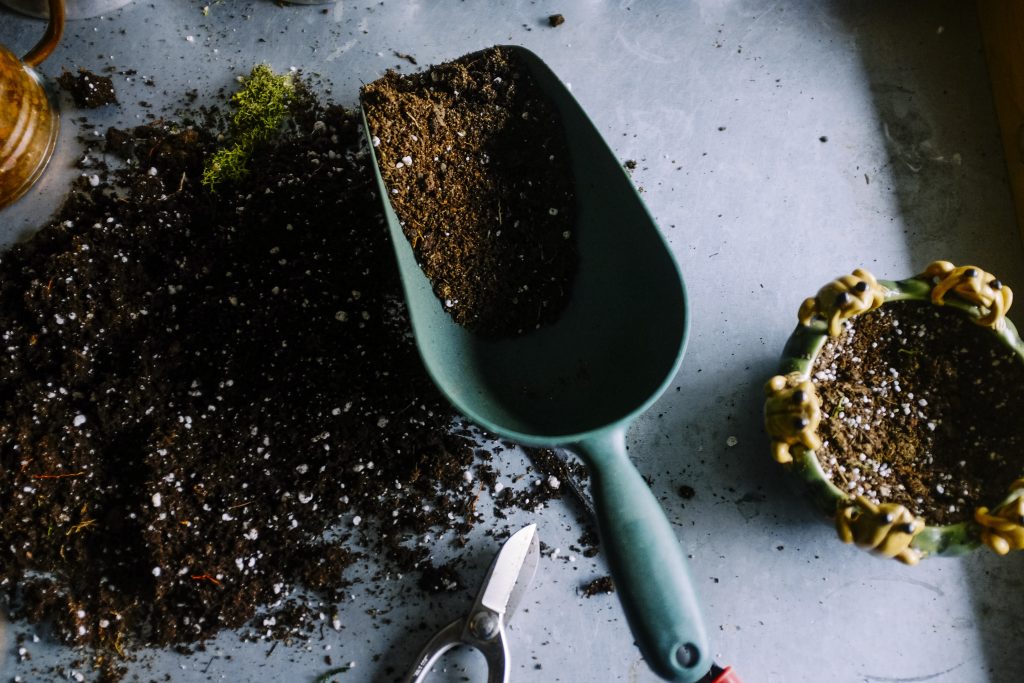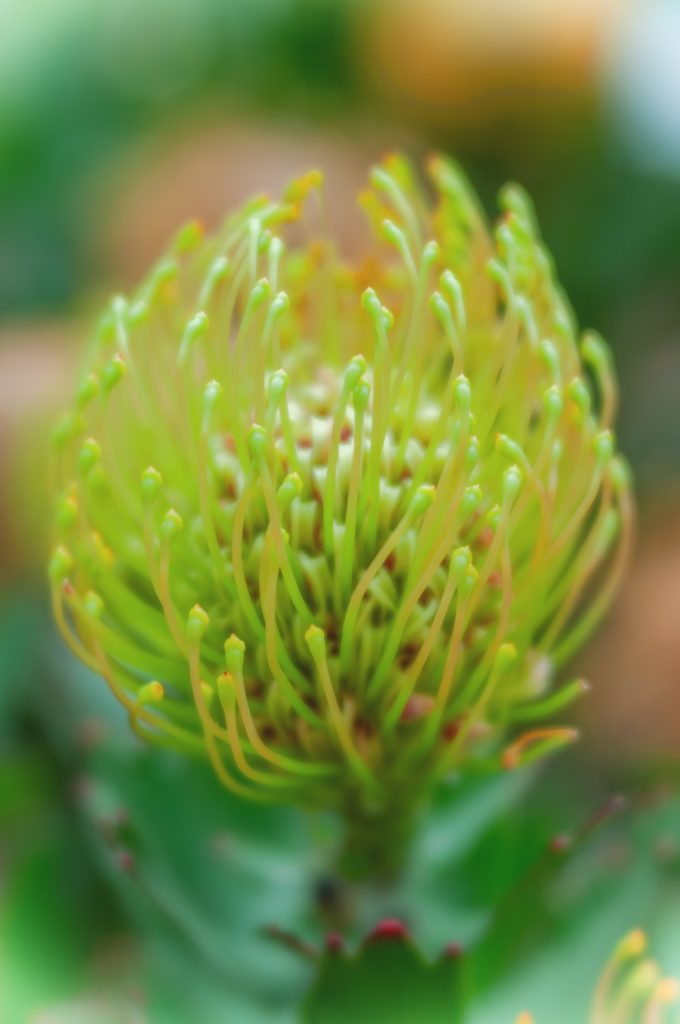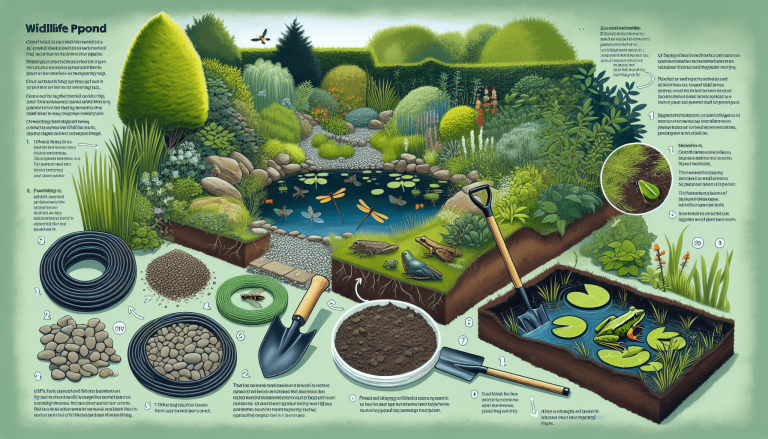Have you ever dreamed of having a lush and beautiful garden, but the thought of all the time and effort required for maintenance holds you back? Well, fear not! In this article, we will explore some practical tips and strategies on how you can create a low-maintenance garden right here in the UK. Whether you have a small backyard or a sprawling lawn, we’ve got you covered. Say goodbye to endless weeding, mowing, and pruning, and say hello to a vibrant and hassle-free garden that will leave you with more time to relax and enjoy the outdoors. So, let’s get started on your journey to a low-maintenance garden paradise!
Table of Contents
ToggleChoosing the Right Plants
When it comes to creating a low-maintenance garden in the UK, one of the first steps is to choose the right plants. Selecting native plants is a great way to minimize the effort required for maintenance. Native plants are well-adapted to the local climate and soil conditions, which means they will naturally thrive with minimal intervention. Additionally, native plants provide food and habitat for local wildlife, contributing to a healthy ecosystem.
Another factor to consider when choosing plants is their drought tolerance. Opting for drought-tolerant species will not only reduce the amount of watering required but also ensure that the plants can withstand periods of dry weather, which is common in the UK. Drought-tolerant plants have adapted mechanisms to conserve water and withstand drought conditions, making them ideal for low-maintenance gardens.
In addition to native and drought-tolerant plants, it is essential to choose plants with minimal pest and disease issues. By selecting plants that are naturally resistant to common pests and diseases in the UK, you can significantly reduce the need for chemical treatments and frequent monitoring. This will make your garden more low-maintenance and environmentally friendly.
Lastly, considering evergreen varieties can contribute to a low-maintenance garden. Evergreen plants retain their foliage year-round, eliminating the need for seasonal pruning and cleanup. They also provide visual interest and structure to the garden, creating a beautiful landscape without the need for constant maintenance.
Implementing Efficient Watering Techniques
Watering is a crucial aspect of garden maintenance, and implementing efficient watering techniques can significantly reduce the time and effort required. Installing irrigation systems, such as drip irrigation or sprinklers, ensures that water is delivered directly to the plants’ roots, minimizing waste and evaporation. This automated system allows for consistent and efficient watering without the need for manual intervention.
In addition to irrigation systems, utilizing water-saving techniques can further reduce water usage in your garden. For example, collecting rainwater in barrels and using it to water your plants can significantly reduce your reliance on mains water. Another way to save water is by installing sensors or timers on your irrigation system to ensure that water is only used when needed.
Mulching is another effective technique for retaining moisture in the soil and reducing water evaporation. Applying a layer of organic mulch around your plants helps to conserve moisture, suppress weed growth, and regulate soil temperature. This not only reduces the need for frequent watering but also provides additional benefits to plant health and overall garden maintenance.
Furthermore, using self-watering planters can simplify watering tasks even further. These planters have built-in reservoirs that hold water, gradually releasing it to the plant’s roots as needed. This self-regulating feature eliminates the need for frequent watering and ensures that your plants receive adequate moisture without overwatering.
Designing a Low-Maintenance Layout
The layout of your garden plays a significant role in its maintenance requirements. Creating large planting beds allows for easier maintenance and reduces the time spent on mowing and trimming around individual plants. By grouping plants with similar watering needs together, you can streamline your watering routine and ensure that each plant receives the appropriate amount of water without wasting resources.
Incorporating ground covers is another effective way to minimize maintenance in your garden. Ground covers act as natural weed suppressants by shading the soil, preventing weed seed germination, and reducing evaporation. They also provide a uniform and attractive ground cover, eliminating the need for frequent mowing or weeding between individual plants.
In addition to plant choices, incorporating low-maintenance hardscape elements can further reduce maintenance in your garden. Using materials like gravel, paving stones, or decking instead of traditional lawns can significantly reduce the time and effort spent on mowing, edging, and fertilizing. These hardscape elements provide structure and functionality to the garden while requiring minimal upkeep.
Reducing Weeds
Weeds can quickly take over a garden and become a constant source of maintenance. However, there are several strategies you can employ to reduce weed growth and minimize the effort required to control them. Applying mulch or gravel on bare soil areas can prevent weed seeds from germinating by blocking sunlight and inhibiting their growth. This layer also helps retain moisture in the soil, reducing the need for frequent watering.
Regularly removing weeds as soon as they appear is essential in preventing them from spreading and establishing deep roots. By pulling out weeds by hand or using a garden tool, you can effectively control their growth and minimize future weed problems. Being proactive and vigilant will save you time and effort in the long run.
Using landscape fabric is another option for weed control in low-maintenance gardens. Landscape fabric is a permeable material that blocks sunlight and prevents weed growth. It can be placed under mulch or gravel to create a barrier against weeds, reducing the need for frequent weeding and ensuring a cleaner and more manageable garden.
Minimizing open soil areas by planting densely or using ground covers can also help prevent weed growth. These strategies create competition among plants, inhibiting weed growth by shading the soil and limiting available resources. By reducing the amount of open soil, you can significantly reduce the need for weed control and maintenance.
Practicing Smart Pest Control
Dealing with pests can be a nuisance in any garden, but choosing smart pest control methods can help minimize the effort and chemicals required. One effective strategy is to encourage beneficial insects that prey on common garden pests. Planting flowers that attract beneficial insects, such as ladybugs and lacewings, can create a natural balance and reduce the need for chemical pest control.
Implementing natural pest deterrents, such as companion planting and intercropping, can also help reduce pest problems in your garden. Certain plants repel or deter pests, and by strategically planting them alongside susceptible plants, you can effectively minimize pest damage. For example, planting marigolds alongside vegetables can repel aphids and nematodes, reducing the need for chemical treatments.
Regularly inspecting your plants for signs of pest infestation is essential in catching and addressing problems early on. By conducting routine inspections, you can identify pest issues before they escalate, allowing for prompt and targeted treatments. Checking both the foliage and the soil for pests, eggs, or damage will help you maintain a healthy and low-maintenance garden.
Pruning and proper plant care also play a significant role in pest control. By removing damaged or diseased branches and practicing good plant hygiene, you can prevent pest infestations and minimize the need for chemical interventions. Keeping your plants healthy and stress-free through appropriate pruning and care practices will naturally deter pests and reduce maintenance requirements.
Efficient Use of Fertilizers
Using fertilizers judiciously can help maintain a healthy garden while minimizing maintenance tasks. Opting for slow-release or organic fertilizers provides a gradual and long-lasting nutrient supply to plants, reducing the need for frequent applications. Slow-release fertilizers release nutrients over time, ensuring that plants receive a steady and balanced diet without the risk of over-fertilization.
Testing your soil for nutrient levels is crucial in determining the appropriate fertilizer requirements for your plants. By conducting soil tests, you can identify any nutrient deficiencies or excesses and adjust your fertilization regime accordingly. This targeted approach not only saves money on unnecessary fertilizers but also promotes the optimal growth and health of your plants.
Avoiding over-fertilization is equally important in maintaining a low-maintenance garden. Over-fertilization can lead to excessive plant growth, increased susceptibility to pests and diseases, and nutrient imbalances. By following the recommended fertilization rates and schedules, you can ensure that your plants receive just the right amount of nutrients without the need for constant adjustments or corrective measures.
Feeding your plants at the right time is crucial for their growth and development. Different plants have varying nutrient requirements throughout the year, and providing the right nutrients at the appropriate times ensures their optimal health and reduces maintenance needs. Researching the specific feeding requirements of your plants and timing your fertilizer applications accordingly will contribute to a low-maintenance garden.
Maintaining the Lawn
A well-maintained lawn can be a significant source of pride and enjoyment in any garden. However, choosing low-maintenance grass varieties can significantly reduce the effort and time required for lawn care. Opting for grass species that thrive in your local climate and soil conditions, such as fine fescue or buffalo grass, can minimize watering, mowing, and fertilizing requirements.
Mowing at the correct height is essential in maintaining a healthy and low-maintenance lawn. Cutting the grass too short can weaken the plants and make them more susceptible to weeds and diseases. By following the recommended mowing height for your grass species, you promote strong root development, reduce weed growth, and minimize the need for frequent mowing.
Aerating and overseeding your lawn regularly is another crucial maintenance practice. Aerating involves creating small holes in the soil to alleviate compaction and improve air and water infiltration. Overseeding, on the other hand, involves spreading grass seed over existing patches to fill in bare spots and promote thicker, healthier turf. These practices improve the overall health and resilience of your lawn, reducing the need for extensive maintenance.
Controlling weeds and moss is an important aspect of lawn maintenance. Regularly removing weeds by hand or using appropriate weed control methods will prevent them from spreading and competing with your grass. Additionally, addressing moss growth with moss control products or by improving drainage and sunlight conditions will help maintain a healthy lawn and reduce maintenance efforts.
Providing Adequate Sunlight
Adequate sunlight is crucial for the health and growth of your plants. Identifying the sun patterns in your garden is essential in determining the right plants for different areas. Evaluating how much direct sunlight, partial shade, or full shade each area receives throughout the day will guide your plant selections and ensure their success.
Trimming overhanging trees or shrubs that cast shadows on your garden can significantly improve sunlight availability. By selectively pruning branches or shrubs that shade your plants, you can increase the amount of light reaching your garden beds. This simple maintenance practice allows for better plant growth and reduces the need for shade-tolerant or sun-adaptable varieties.
Selecting shade-tolerant plants for areas with limited sunlight is another effective strategy for low-maintenance gardening. Shade-tolerant plants have adapted to growing in low light conditions, requiring less direct sunlight to thrive. By choosing plants that naturally flourish in shade, you can eliminate the need for supplemental lighting or extensive pruning to accommodate their light requirements.
Using reflective surfaces strategically in your garden can help maximize sunlight exposure. Placing mirrors or reflective panels in areas with limited sunlight can bounce light back towards your plants, effectively increasing their light absorption. This low-maintenance technique ensures that your plants receive adequate sunlight without the need for extensive repositioning or plant replacement.
Reducing Maintenance in Borders and Beds
Borders and beds often require special attention and maintenance due to their proximity to walkways, fences, or other garden elements. Minimizing edging and borders is an effective strategy for reducing maintenance in these areas. Instead of intricate borders, consider using natural divisions such as ground covers, hedges, or changes in planting styles to define the borders and minimize upkeep.
Planting perennials and shrubs in borders and beds can greatly reduce the effort required for annual planting and replanting. Perennials are plants that return year after year, requiring less frequent removal and replanting. By selecting a variety of perennial species that provide continuous interest throughout the seasons, you can create a low-maintenance border or bed that requires minimal intervention.
Utilizing mulch for weed control in borders and beds is a practical and efficient way to reduce maintenance. Applying a layer of mulch around your plants suppresses weed growth by blocking sunlight and inhibiting seed germination. Mulch also helps retain moisture, regulate soil temperature, and improve soil structure, providing additional benefits to your plants’ health and overall garden maintenance.
Considering low-maintenance perennial grasses for borders and beds can further reduce upkeep. Perennial grasses, such as ornamental grasses, require minimal pruning, fertilizing, and watering compared to traditional lawns or annual flowers. These grasses provide texture, movement, and visual interest to your garden while requiring less maintenance and resources.
Creating Wildlife-friendly Spaces
Creating a garden that is not only low-maintenance but also wildlife-friendly can enhance your enjoyment and contribute to the ecosystem. Choosing plants that attract pollinators, such as bees, butterflies, and hummingbirds, is an excellent way to support local wildlife while requiring minimal maintenance. Including a variety of flowering plants that bloom throughout the seasons ensures a continuous food source for pollinators.
Installing bird boxes or feeders can attract a variety of bird species to your garden, adding charm and life to the space. By providing shelter and a reliable food source, you can create a welcoming habitat for birds without extensive maintenance. Regularly cleaning and maintaining the bird boxes or feeders will ensure their effectiveness and contribute to the overall low-maintenance approach.
Including a water source, such as a birdbath or small pond, is essential in creating a wildlife-friendly garden. Providing clean and fresh water for birds, insects, and other small animals ensures their survival and encourages them to visit your garden regularly. Simple maintenance practices, such as regularly cleaning the water source and adding fresh water, will contribute to the overall low-maintenance approach.
Adding trees and shrubs to your garden provides shelter and nesting sites for birds and small animals. These natural features not only enhance biodiversity but also require minimal maintenance once established. By choosing suitable tree and shrub species for your garden, you can provide valuable habitats while minimizing the need for pruning or other maintenance tasks.
Creating a low-maintenance garden in the UK is certainly achievable with the right approach. By selecting native plants, opting for drought-tolerant species, and choosing plants with minimal pest and disease issues, you can significantly reduce maintenance requirements. Implementing efficient watering techniques, designing a well-thought-out layout, and practicing smart pest control will further contribute to a low-maintenance garden. By considering factors such as sunlight, weed control, fertilizers, and lawn maintenance, you can create a beautiful and wildlife-friendly space that requires minimal effort and provides maximum enjoyment. So, roll up your sleeves, put on your gardening gloves, and transform your outdoor space into a low-maintenance oasis.









